Welcome to our website! We thought you might appreciate a quick virtual tour of our family farm’s current projects.
Livestock
Our livestock operation is pretty compact. We keep heritage breeds for our own consumption and to help with our land improvement goals. They’re all able to take our local weather in stride (although we do run fans on the rabbits) and are all right at home here with us.
First, in the interest of land improvement, we have Satin Angora rabbits. They produce a ton of rabbit droppings that we collect in bins and turn into compost. Rabbit manure is safe to put straight out on plants, but we prefer using it in compost as an ingredient. We also compost their coats when the fiber is too messy or too short to be used for spinning.
When the rabbit population is up, some of the rabbits will go to our freezers. Rabbit is proven to have the highest percentage of digestible proteins of all meats. Perhaps this is why our dogs absolutely love it!
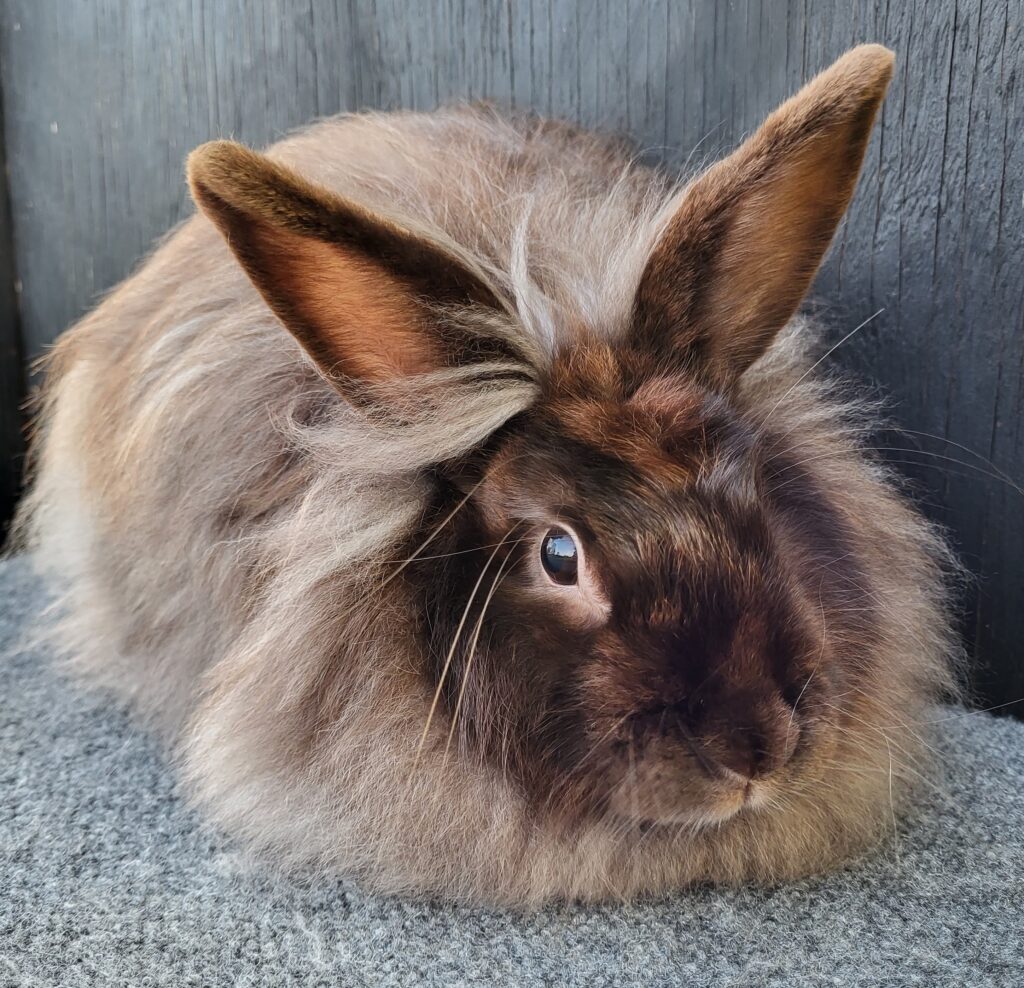

Next, waterfowl. We have two heritage breeds of duck, the Muscovy and the Ancona. The Ancona is the “paint horse duck,” and ours lay colored eggs to match their fun, randomized appearances. We keep a small flock and are working to bring them back to the breed standard, which calls for a medium sized duck. We would like to get our flock’s size and conformation up to par and to bring back heritage traits like level heads and broodiness. Our Muscovies are more of a pet project. Abigail is a big fan of the barred pattern, and our keepers tend to have heavy barring. Muscovies make excellent mothers and have been doing a great job raising Ancona ducklings to help bring out their instincts. We love the quiet, calming nature of the Muscovy duck.


The Cotton Patch Goose is our goose breed. This auto-sexing (females have gray, males are white) breed was developed in the US but had nearly died out by the 1950s. It has been making a comeback in recent years. Our geese come from the most prevalent line, Walker, and we are happy to say that they absolutely thrive in our Southern heat and are docile, mild farm birds. Unless you’re a different species of bird, that is. Geese are a bit snooty towards “lesser” birds.
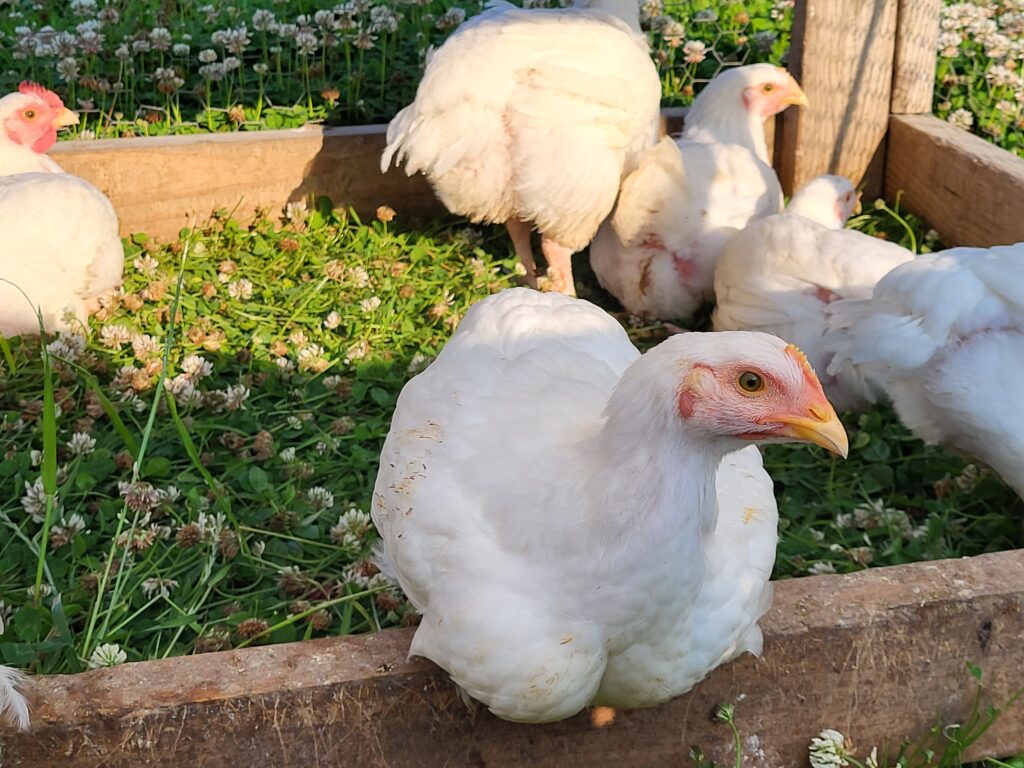
We keep a few chickens, mainly to give the flock a bit of diversity and us a few chicken eggs in case we’re making fudgey brownies. In the spring, we also run a batch or two of Cornish Cross chickens to improve the ground and fill our freezers. We are hoping to scale up our moving pen operation soon. Our intent is to run most of our poultry across pasture. This would do a lot to help our ground, and it would really improve the quality of our eggs.
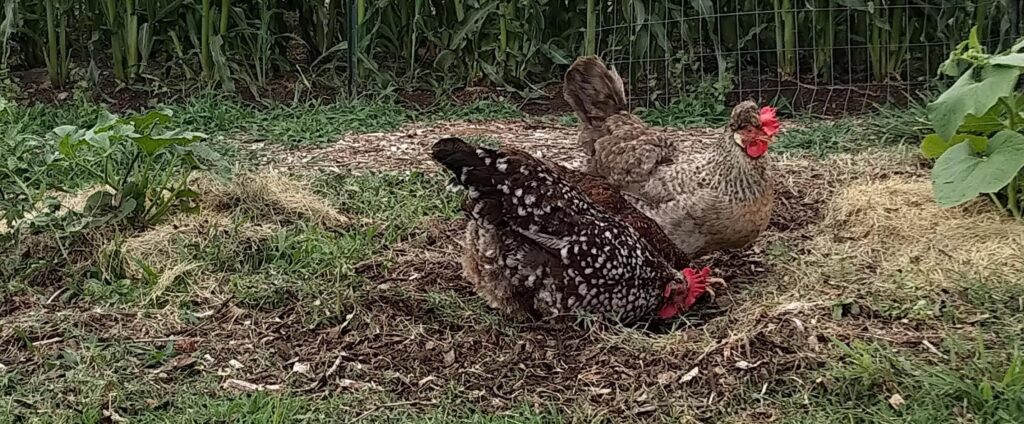
Plants
We have two gardens at the moment. A small vegetable garden plot, and a compact flower garden. We’re keeping them small to keep the weeds manageable. So far we’ve definitely kept ahead of weeds with our raised rows and paths, mulch, and “border patrol plan” (the plots don’t have Coastal Bermuda inside, but we do have to stay on top of the garden edges). Staying ahead of the weeds is a bit like keeping a clean house. If you keep the garden relatively weed-free, it will always be pretty presentable and you won’t have to do any deep cleaning. Of course, with a garden, no one dumps a load of dirty laundry on the floor and it’s not a problem if someone clomps through with muddy feet. . . .
There are several projects beyond the gardens. We have a collection of young native trees that we planted last year, several wildlife food plots to help with local habitat, a collection of landscaped beds (some of these have veggies or herbs filling in holes), berry bushes, our pasture project, and several compost piles that will go back into the land.
This fall, we plan to plant perennial clover and daikon radish in our pasture, expand our garden beds, and plant a winter cover crop in beds that won’t have winter-hardy crops.

Land
2023 is the year of the tick and chigger, unfortunately. The yard is safe, but the crop fields, pasture, and woods are not. It’s not much of a surprise—ticks like tall plants. Once we have ruminants in our pasture, the tick presence should start to fade. Maybe we’ll put guineas out once we have enough open land to feel like they won’t get eaten like candy.
From what we’ve researched, soil always has sufficient minerals, but plants can’t always access them. Our most recent soil tests put the pH of our land around 5. This severely limits the amount of accessible minerals. We’ve been applying lime to our pasture and another area that will be deer habitat later. Our crop fields have had lime applied for many years—you would think that their pH should be great by now, but it turns out that conventional fertilizers and herbicides lower the pH. No wonder commercial farming is expensive.
This year, our crop fields have new management and new crops. Instead of cotton with an occasional patch of soybeans, we now have crops year-round: canola, sorghum, and oats. So far it’s been a real peace of mind. Last year, we had four rounds of herbicide, and several of our own plants, notably the grapevines, lost leaves with every application. This year, we’ve only had one round of fertilizer. Our plants haven’t lost a leaf. Even better, neither of us got sick from the spray!
Wild Things
We can’t leave out our friends that feed themselves!
We keep several hives of honeybees and really enjoy seeing them across our farm. They’ve done great work with our clover and canola, and we have several new plant ideas that will keep them busy next year.
Since our pasture is unfenced and unguarded, we’ve seen wild rabbits, quail, doves, turkeys, and deer coming to munch on the pasture plants. That’s fine with us. So long as they leave their fertilizer behind, the pasture is getting what it needs. And we feel like we’re a part of the local scene. When we can walk outside and turkeys look at us from the field and go “oh, it’s okay, they live there and we live here, keep eating,” it’s pretty special. When we almost step on a quail because it’s so well camouflaged in our field, we’re reminded of how quail habitat has been on the decline and it’s pretty great that this one is so comfortable here.
And we don’t just have our valuable bees and our valuable wildlife, we also have quite a gang of local insects. You should have seen how many cabbage butterflies visited the canola fields this spring! I suspect that we’ll have quite the crew of cabbage butterfly predators next year. Insect damage isn’t fun, but every “harmful” bug is a meal to something that we would consider beneficial. It’s fascinating to watch it all work out in front of us.
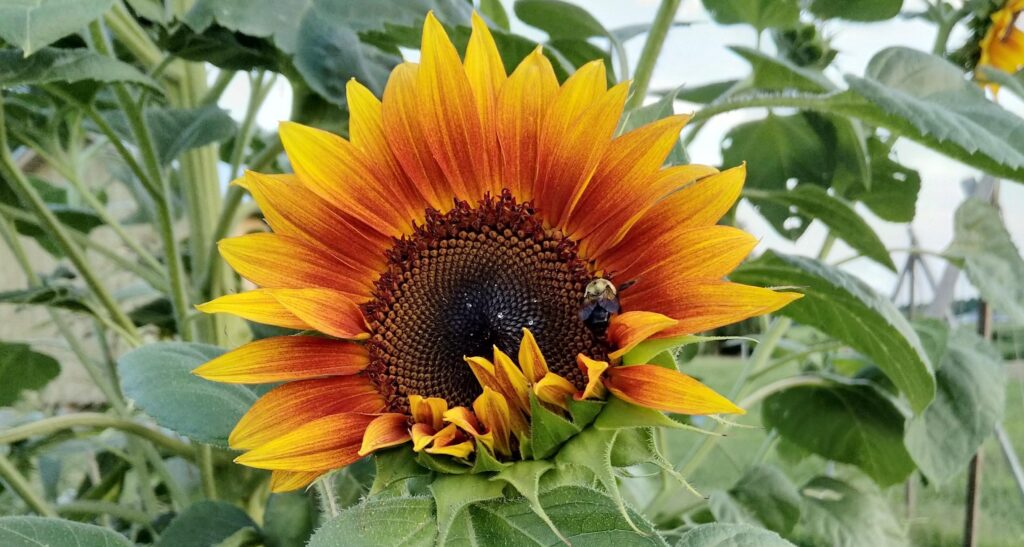
That’s the end of the tour! Thanks for joining us at Cotton Patch Farms.
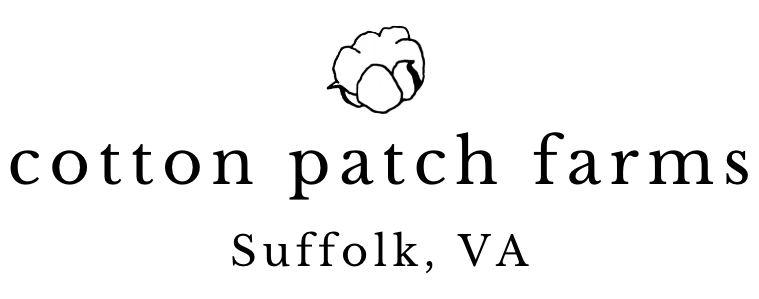

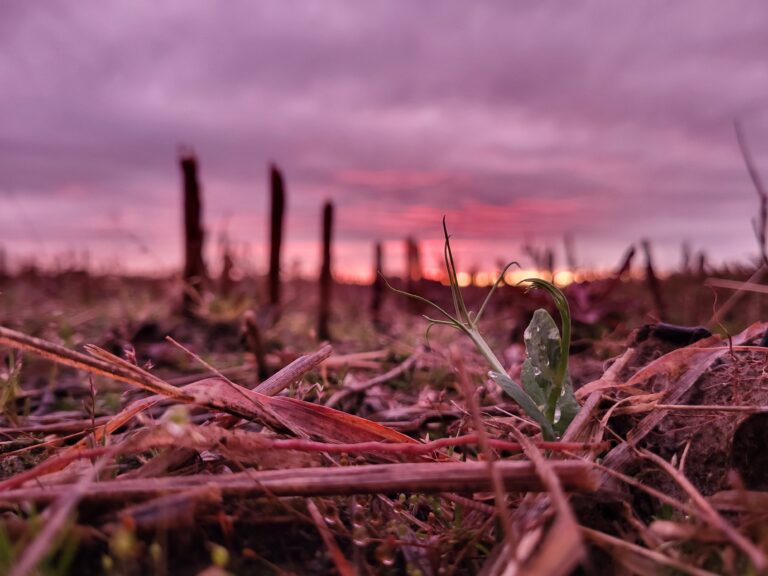

I took the tour and I was wondering if you have plans to sell any of your rabbit meat locally and are you going to get a cow
If there’s local interest, we would definitely consider selling rabbit meat. We don’t breed over the summer so we won’t be processing for a while. The plan is to add beef cows in a few years once our pastures will be able to handle them.